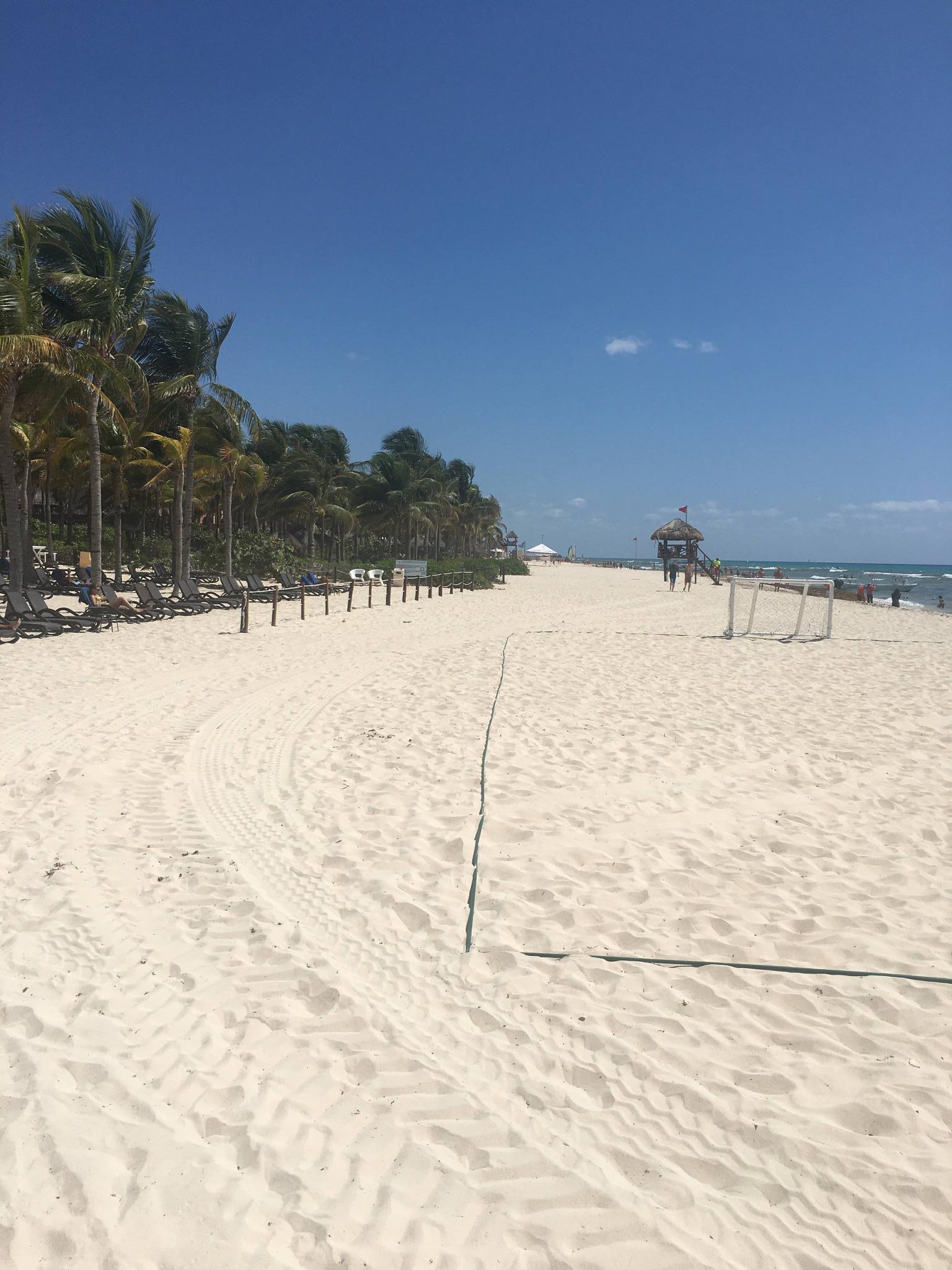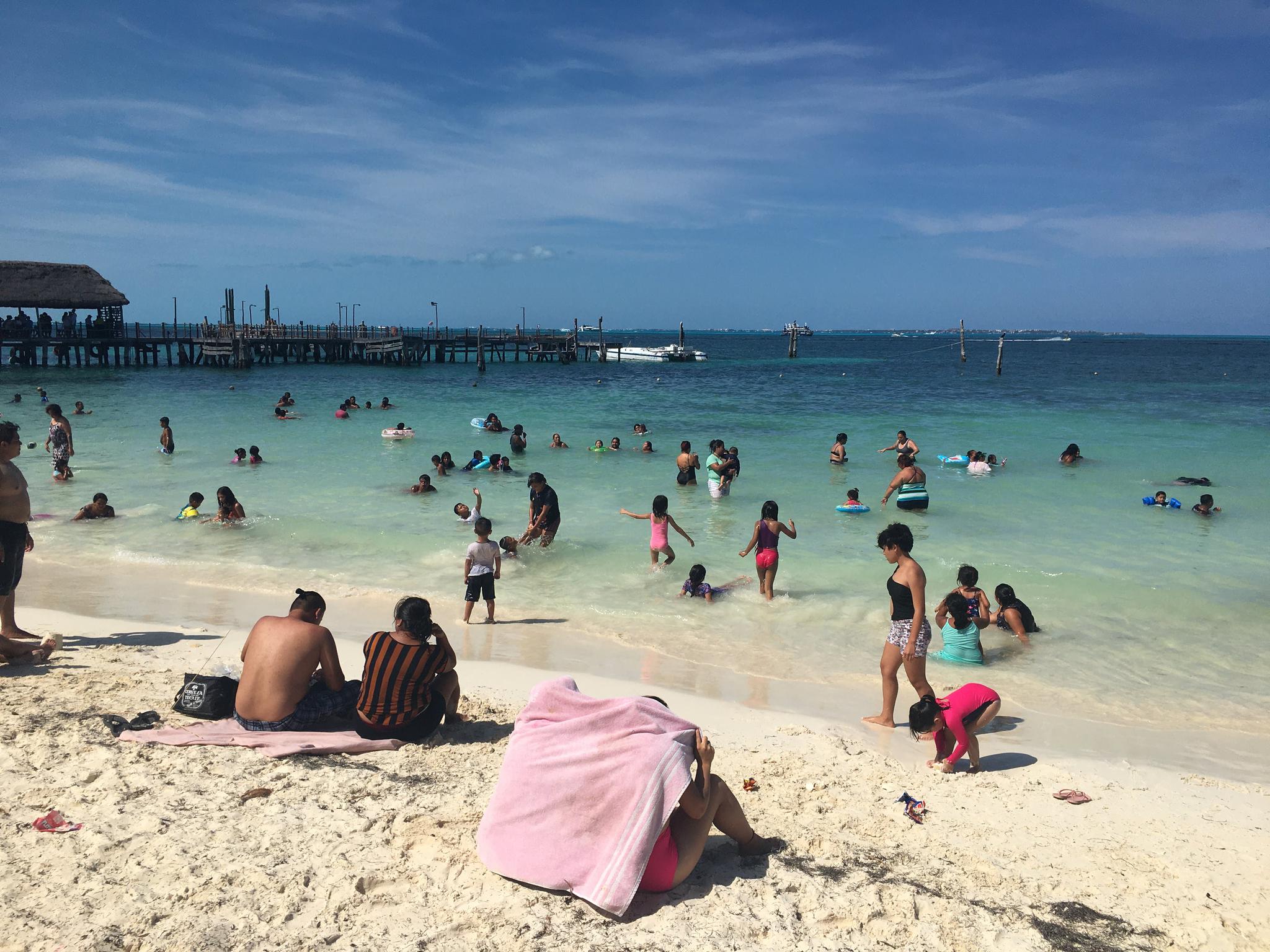Killer or Protector of the Mayan Language?
The Mexican government plays a contradictory role toward Mayan communities
April 2022
We are in the state of Quintana Roo, southern Mexico. The Spanish language ad on the radio urges people to vote in the June 2022 elections. “Have your voice heard!” the announcer says with enthusiasm. Suddenly, the radio switches to another language. I can tell, however, it is repeating the same ad just translated. Some of the Spanish words are repeated (as this language likely lacks some equivalent words), and length and background music are also the same. I quickly realize it is Maya.
The next day, I hear another Spanish language ad on the radio saying “Speak Maya to those who don’t speak it. Teach it to those who don’t speak it. Be proud of the Mayan language.” I ask our cab driver if he speaks Maya. “Yes!” he says with enthusiasm. “I grew up speaking it. In school we learned Spanish, but in my family we only spoke Maya. When I go back to my hometown near Merida [a few hours away from Quintana Roo in the state of Yucatan] I always speak it. When I call my friends back home, I also speak it.”
While it is estimated that there are around 850,000 Mayan speakers in southern Mexico, the language is in danger of extinction within a couple generations. Young people leave for the cities because there is little economic opportunity in their indigenous villages. “I came to Cancun many years ago to work because in my village there is none,” says the taxi driver. I ask if his children speak Maya. “In the the city [of Cancun] people come from all over Mexico to live and work. The Mayan culture is not strong in the city itself given how many come from parts of the country that have no Mayan culture or language.”
As such, not only are people leaving their villages for areas where only Spanish is spoken but their children do not learn the language. “I speak it to my kids, but they always respond in Spanish,” continues the taxi driver.
Even in the villages where Maya is spoken, there is little instruction in Maya. Many schools in Mayan villages hire teachers who cannot speak Maya and thus deliver instruction in Spanish, causing the children to then favor Spanish. As of the late 2010s, in the state of Yucatan – the heart of Maya culture and language – there were 14,000 students attending bilingual schools that taught in both Maya and Spanish and only two bilingual elementary schools in Merida, the state capital.
Even where instruction in Maya occurs, many favor learning English as a second language. Opportunities for work in the tourist industry – where English is a necessity – draw Mayans away from their villages.

Ultimately, the decline and possible extinction of Maya is connected to the decline of Mexico’s rural agrarian communities which are where Mayan communities are located. Due in part to a lack of financial support from the government and lower prices for crops like corn due to free-trade agreements (many argue free trade agreements favor large agri-business over small farmers), it is hard to make a living in rural areas and it is estimated that 80 percent of indigenous Mexicans live in poverty. While some may leave for the city regardless of the opportunities, a large number would no doubt stay if they could earn a living in their hometowns. A modern economy – where jobs are concentrated in large urban areas and free trade agreements reign king – is perhaps the largest assassin of indigenous culture and language. As noted above, indigenous cultures and languages do not thrive in cities.

Despite governmental economic policies that often do not favor rural development and indigenous communities, there are governmental efforts to save indigenous cultures and languages. The Mexican government legally guarantees the rights of indigenous communities to continue their linguistic and cultural traditions while publicly supporting education in indigenous languages. In Mexico, as in other Latin American nations, there is a governmental agency – the INPI – whose function is to dialogue with and support indigenous communities. In early 2022, with the support of the INPI, the founding of a university dedicated to the teaching of preservation of indigenous languages was announced – the first of its kind in the Americas. As we saw first-hand in Quintana Roo, the Mexican government is serious about promoting the use of indigenous languages.
It is important not to over praise the Mexican government’s commitment to indigenous communities. In addition to the economic neglect of indigenous communities described above, the history of Mexico from 1519, after all, is one of indigenous land loss and death from disease. Some indigenous communities have recently criticized the INPI for inadequately attending to their demands or for treating them disrespectfully.
Ultimately, the Mexican government's policies both kill and protect of indigenous culture and language. It is encouraging, however, that many Mexicans with indigenous roots have told me “Mexico cannot be ashamed of being an indigenous nation. We must be proud of who we are.” (There is strong data showing many Mexicans disown their indigenous heritage.) Well over half of Mexicans are mestizos (mixed indigenous, European and African) and around 30 percent mostly or fully indigenous. As such, if people take pride in their indigenous culture and heritage the potential for indigenous mobilization in Mexico is great. If enough people mobilize to demand policies that favor indigenous languages, cultures and communities, hopefully the government will be just a protector rather than a simultaneous killer and protector.
